A vast collection of ancient Vietnamese ceramics, including a nationally recognized treasure, is on display at the “Early Vietnamese Ceramics Museum” founded by actor Chi Bao - renowned for his roles in Blood Money and Ugly Girl before retiring from acting.
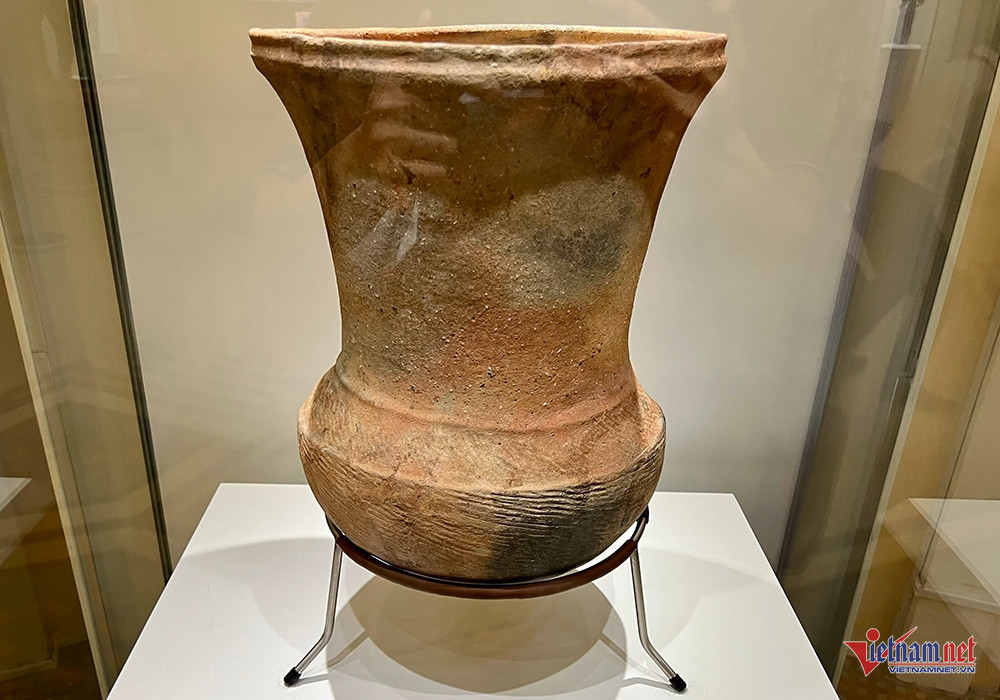
The museum exhibits over 400 artifacts through permanent and themed displays, including one National Treasure and multiple rare, original ceramic pieces.
Among the highlights is a ceramic steamer (chõ) from the Dong Son culture, officially recognized as a National Treasure. Made from high-fired terracotta at temperatures between 800°C and 900°C, the chõ is a rare, original artifact of immense value. It represents an integral element of ancient Vietnamese life during the reign of the Hung Kings and holds a highly esteemed place in the Dong Son ceramic hierarchy.
According to museum director Chi Bao, although the piece may appear simple, it carries profound historical value - especially since the Dong Son era is commonly associated only with bronze drums.
“Ceramics may be modest and unrefined, but they stir deep emotions in us. Vietnamese culture contains many humble yet precious elements,” he shared.
While most collectors favor materials like bronze or silver, Chi Bao chose ceramics, believing the medium symbolizes the life force of ancient Vietnamese civilization. “Each object gives me a glimpse into the culture and daily life of our ancestors,” he added.
The museum’s collection also includes ceramics from pre-Dong Son cultures such as Phung Nguyen, Dong Dau, and Go Mun, as well as artifacts from contemporaneous Sa Huynh culture, early civilizations in the Dong Nai River basin, and periods of national independence throughout Vietnam’s feudal history.
“I’ve visited museums all over the world, and I always focus on their ceramic displays. Vietnamese ceramics may lack the scale or technical polish of other nations, but they are graceful and rustic, reflecting the spiritual life of the Vietnamese people,” Chi Bao noted.
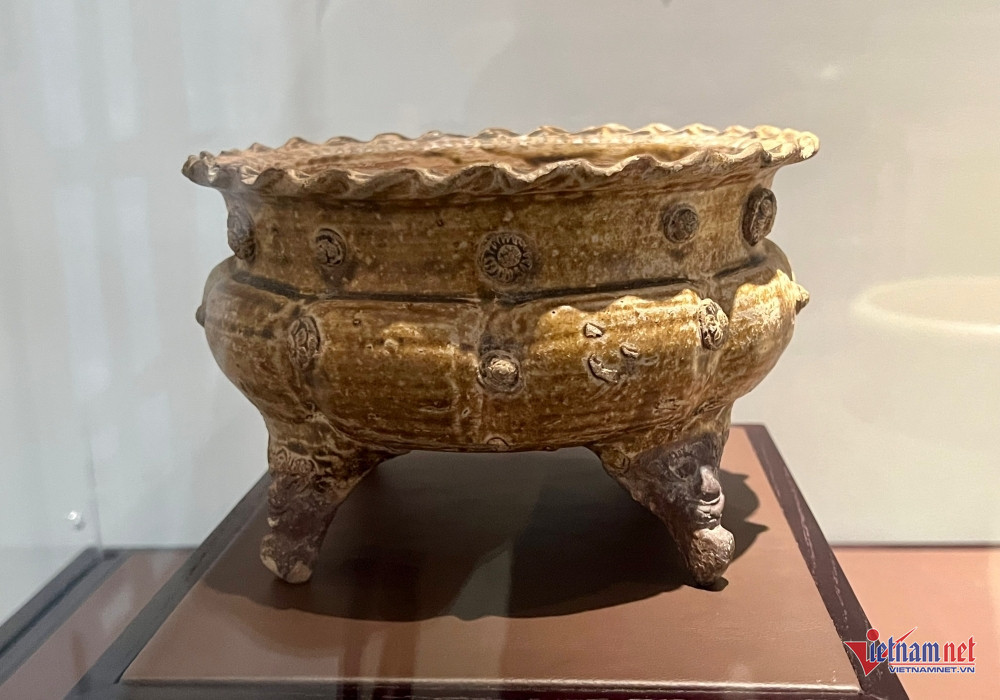 |
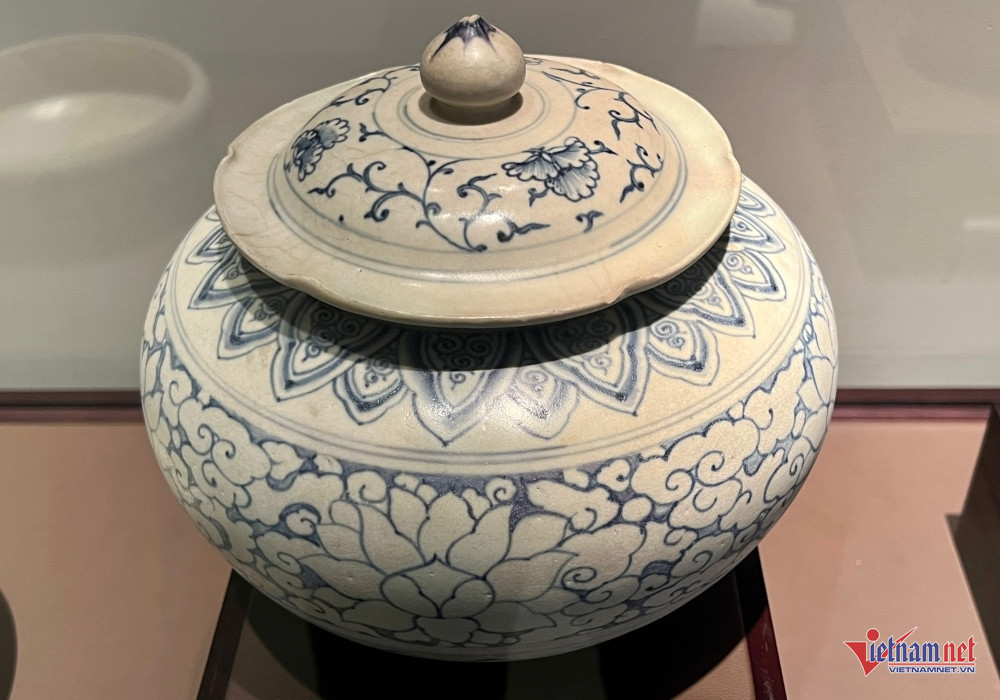 |
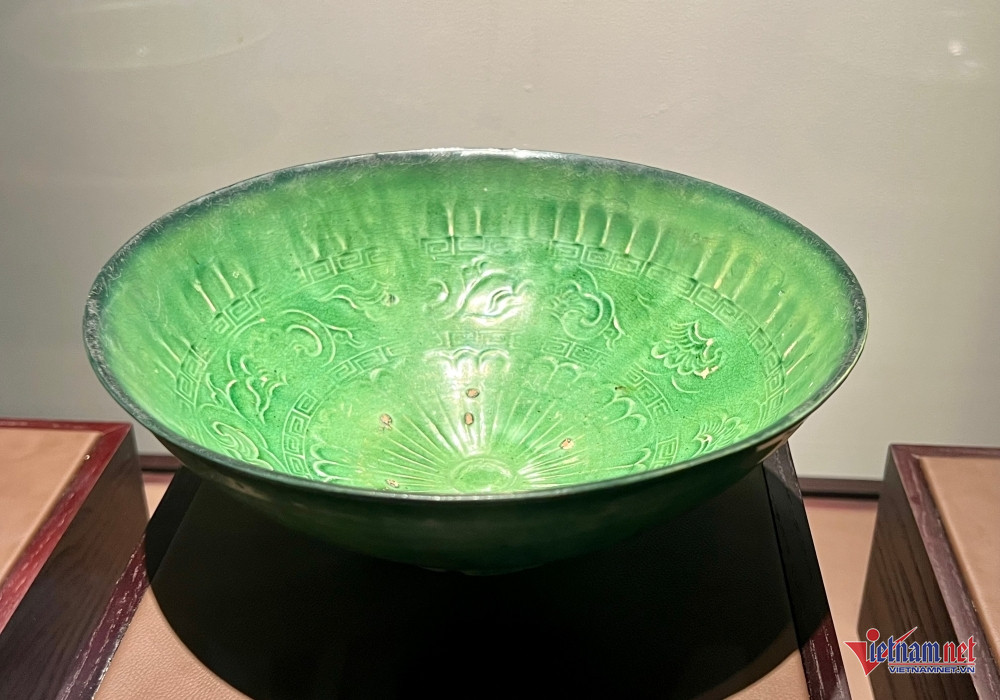 |
 |
 |
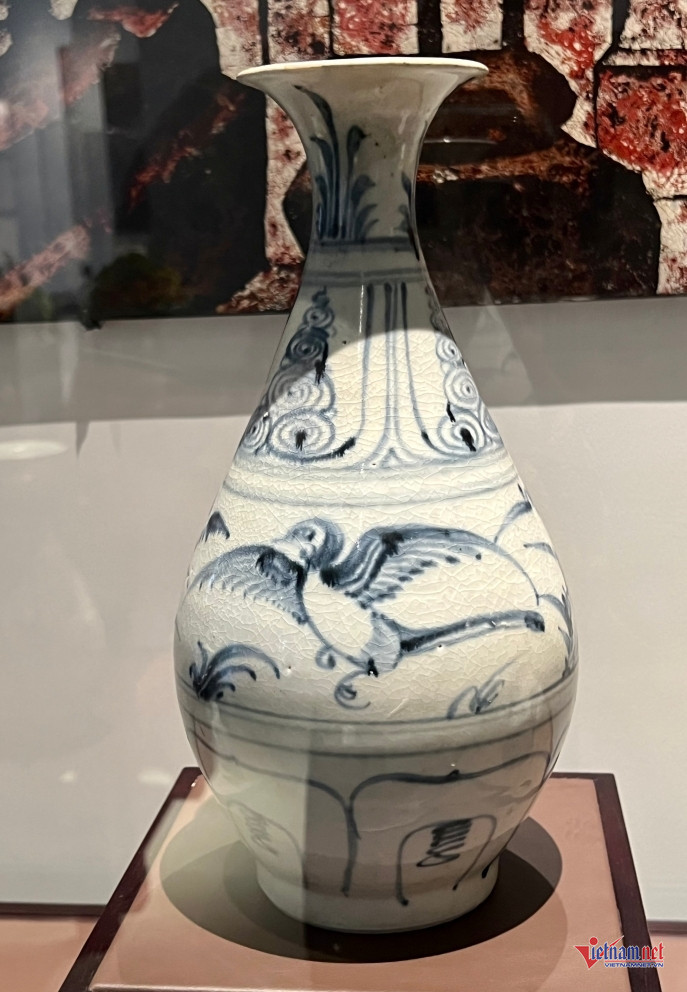 |
 |
 |
 |
|
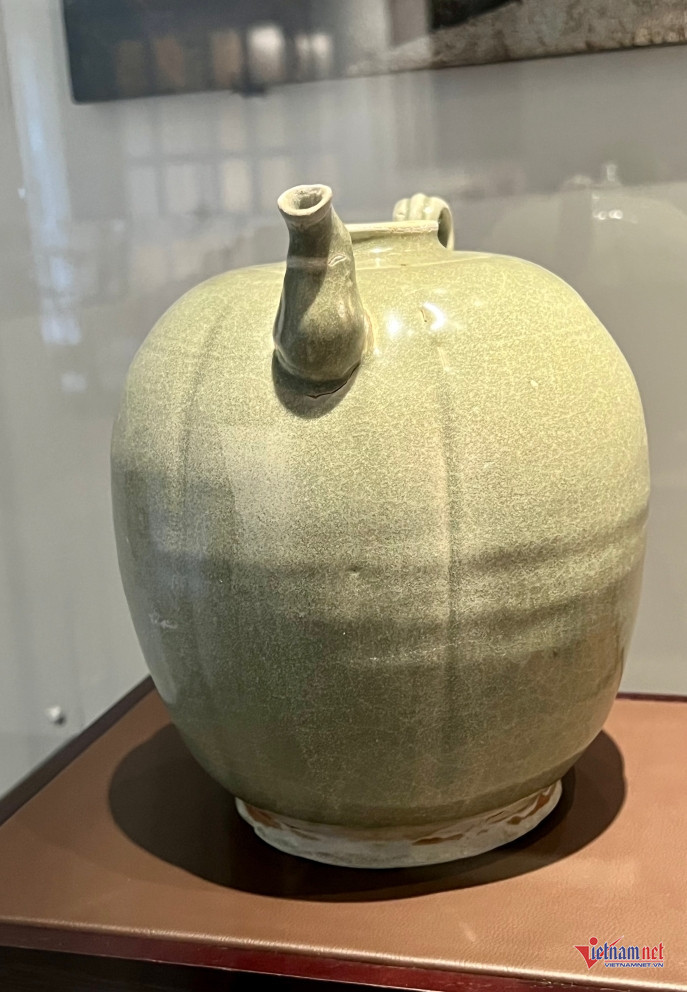 |
||

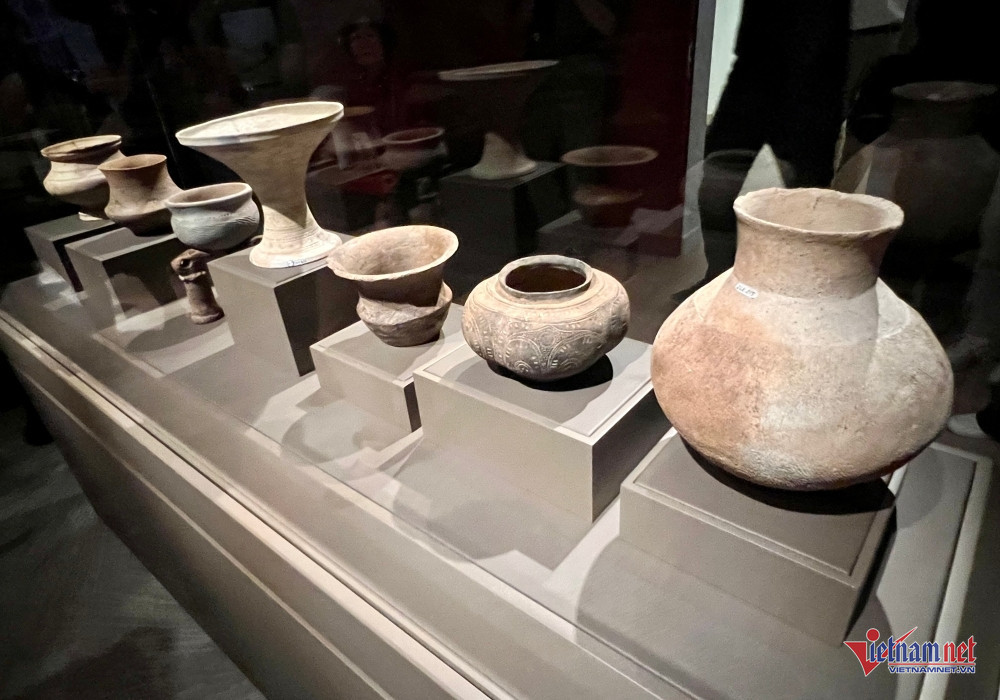 |
 |

Building this collection hasn’t been easy. Chi Bao faced numerous challenges locating pieces, negotiating acquisitions, and persuading collectors to part with such rare items.
He hopes the museum becomes a cultural bridge between the past and present, inspiring pride in Vietnam’s ancient heritage. While he has drawn inspiration from major international museums, budget constraints have meant replicating only a fraction of their sophistication - some display cases abroad, he noted, cost hundreds of thousands of dollars and feature automated systems. He plans future upgrades to improve the museum further.
“Our goal is for this museum to become a leading cultural and historical destination, where every object tells a story about the origins of our nation,” Chi Bao said.
The museum also provides valuable resources for historical and archaeological research and serves as a platform for educating the public on the importance of heritage preservation. It fosters community engagement through diverse interactive experiences, aiming to instill national pride - especially among younger generations.
Looking ahead, the museum plans to launch experiential programs for students and collaborate with universities and museums both domestically and internationally to expand its educational materials.
The Early Vietnamese Ceramics Museum operates under the Ministry of Culture, Sports, and Tourism’s Circular No. 18/2010/TT-BVHTTDL and other relevant laws, with oversight from the Department of Culture and Sports and the local government.
Art curator Ly Doi told VietNamNet that this is currently the largest private ceramic museum in Vietnam. “If all the artifacts here are authentic, the museum possesses a rare and original collection spanning thousands of years. The owner must have extraordinary fortune - not just wealth or time - but many intangible factors, including sheer luck,” he remarked.
Tuan Chieu